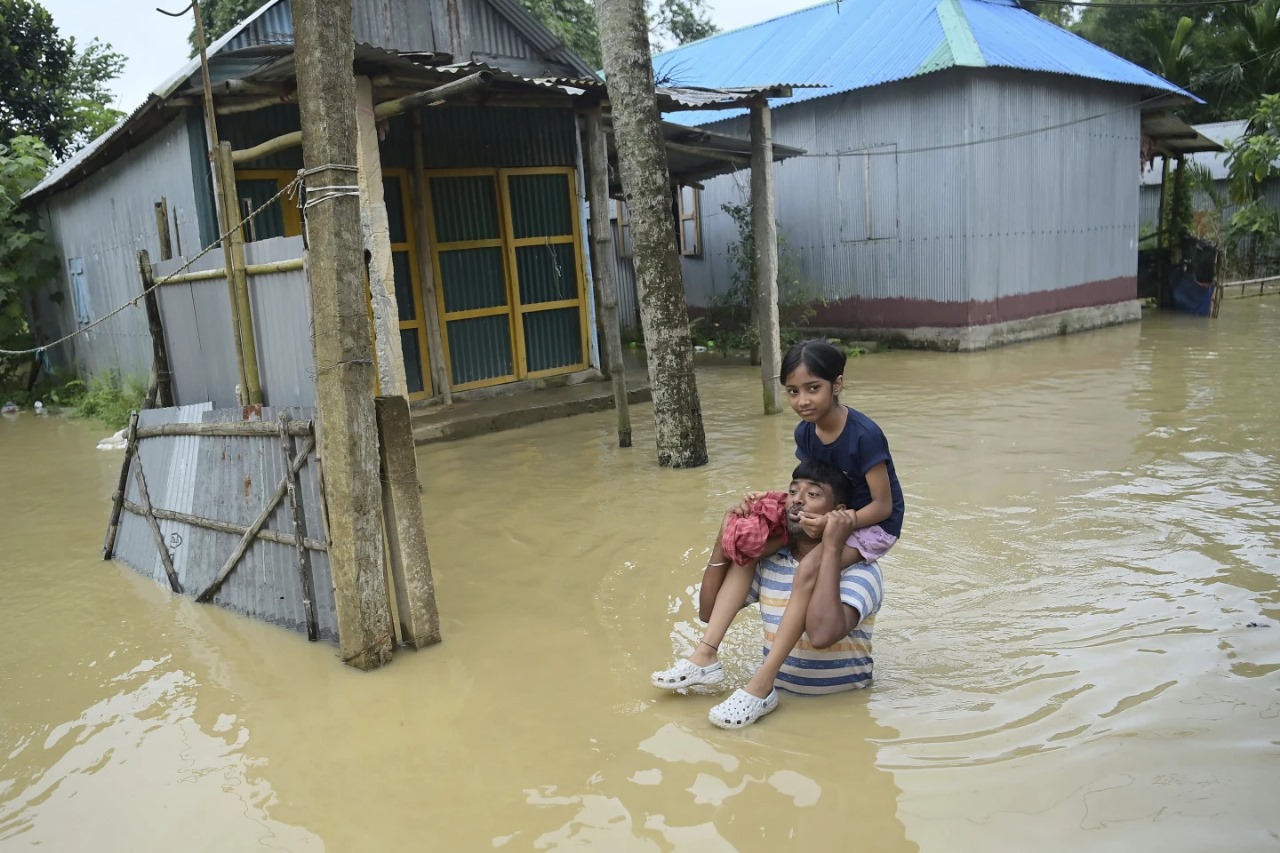Hamza Khorshedi
The heart-wrenching news of children dying due to drowning is somewhat on the rise in the recent days. We often get news that a child has died due to drowning. Now, this should be mentioned that children do not have the quick thinking and reflexes that will allow them to survive in that situation. These little angels view the world as an open space and that they can do anything they want. It is fine as it is a part of life itself. Unfortunately, the fun and happiness becomes blackened to the parents when the news of the demise of that child comes.
First and foremost, we should consider the landscape of Bangladesh as a whole. As we have the monsoon seasons where downpours are no strangers and the decent amount of rain from time to time, the land is not of level and the water tends to collect in various forms of bodies. The low-lying regions see devastating flooding situations and the water does not fully dry up leaving puddles, ponds, and such bodies of water still lingering. The rural areas are the victims towards this sort of tragedy. But it is not only the rural areas that have these bodies of residue water lying around. The urban areas are constantly going through maintenance and constructions of sorts which leaves holes in the ground and water starts filling these holes up to a point where people may think of the gap as a shallow puddle.
A statement from a report by the Bangladesh Health and Injury Survey (BHIS) released in 2016 says that “drowning is the leading cause of death and causes over one third (37%) of all child injury deaths.” Drowning also remained the primary cause of children death as in a report by BHIS released in 2003. In the same report, the daily average drowning related deaths of children tolled at 46 in 2003 while it reduced by a margin to 40 per day in 2016. Even though the last survey (2016) shows a slight decline in average deaths, the rate still remains as the second highest in South Asia.
Most of the children who die from drowning are from the rural areas and from the lower class. Rural areas already see their share of flooding as mentioned before and children tend to start playing in the waters without having the knowledge of the strength of the current that can pull them towards death. In the urban areas, the children of the lower class tend to be the victims of drowning. These children love to play freely and they will step on some puddle which will end up to a manhole full of water or some sort of ditch or drainage.
The parents of these children have to work constantly and they find marginal amount of time in order to look after their children. These people work for the entire sun-cycle in order to get their daily dose of rice. Sometimes, both the parents have to work so that they can have enough amount of money to survive. The places where these people build their houses see ponds and puddles right in front of their houses (around 20 metres). While the parents are away and the child is left unattended, these children will start playing in these bodies of water and eventually will drown just because they do not move fast enough.
While the parents are away working, it is hard for them to find other family members who will take the responsibility to take care of their children. All of the family members subsequently are indulged in some sort of work as they have to survive the expensive urban lifestyle. This provides a scary insight where these incidents happen between 9am and 3pm especially during the monsoon season. This time period is when parents and caregivers are busy with household chores or with their work and results in the insufficiency of supervision.
According to the BHIS 2016 survey, the irregularity of conducting surveys leads to potential underestimation and challenges in precise policy planning and resource allocation.
In order to tackle this, the CIPRB (Centre for Injury Prevention and Research, Bangladesh) along with Bloomberg Philanthropies, John Hopkins University, and UNICEF have collaborated in order to provide with highly effective and context-specific interventions. These interventions have been endorsed by the World Health Organization as best practices for low-and middle-income countries (LMICs).
The CIPRB has created Anchals , a community-based programme model designed to provide affordable solution to childhood development, reducing the prevalence of injury mortality and morbidity. They became effective as regions with these creches (centres) showed a fall of drowning rate by 70 percent. SwimSafe is a programme created by the CIPRB and provides children (aged 6-10) with survival swimming skills.
With these initiatives being taken and reported to be effective, we hope that the children will be more attentive and that the parents will be able to be attentive to their children in order to survive during these stressing times.
The writer is a freelance journalist.


